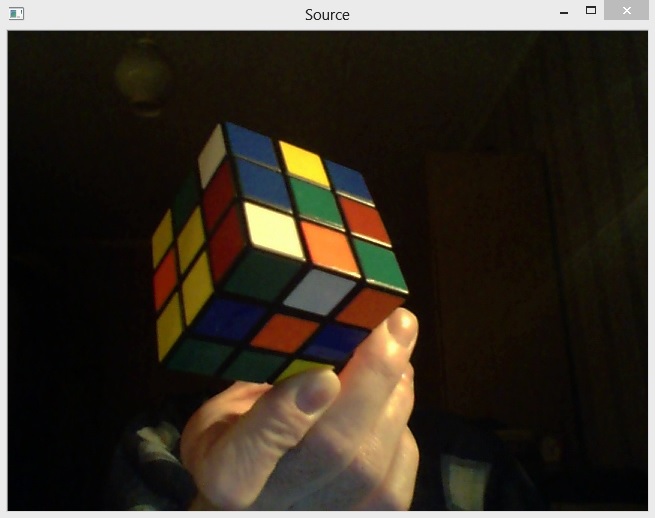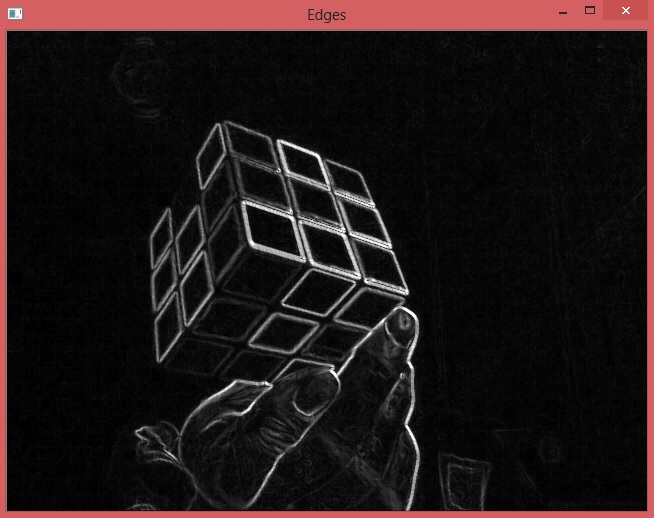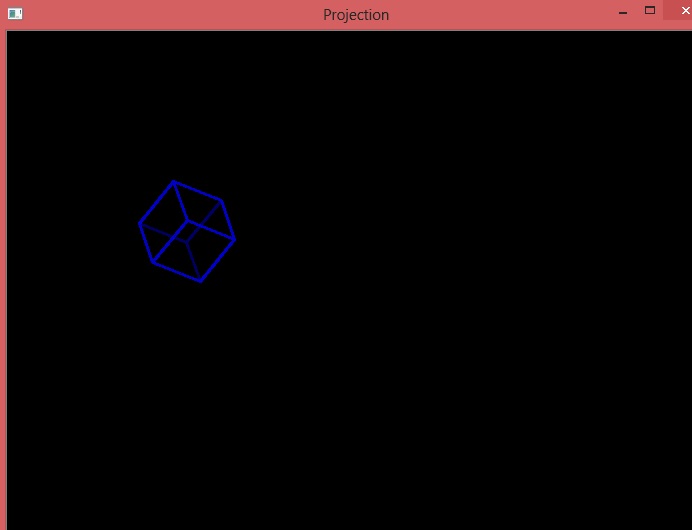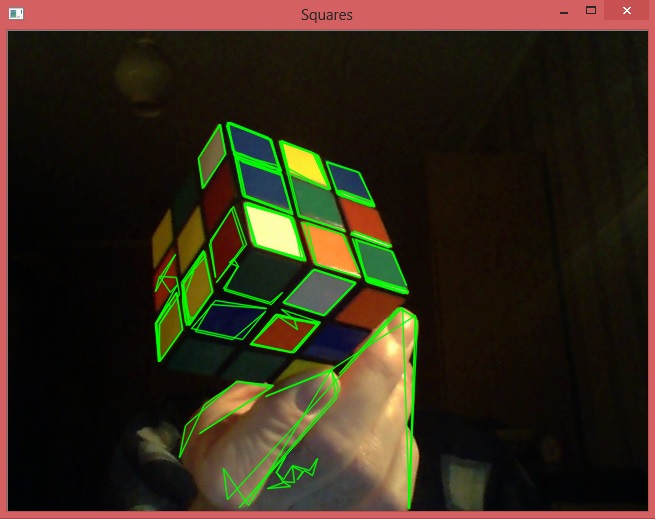The task seems elementary at first glance, but try and it turns out to be tricky. Meanwhile this is just a geometric puzzle and a perfect application for various OpenCV methods. Enjoy.



This forum is disabled, please visit https://forum.opencv.org


 You see that many squares are lost because their contours were rejected. If I replace
You see that many squares are lost because their contours were rejected. If I replace 
 then mix results.
then mix results. Almost perfect edges make it possible to reconstruct 3 necessary lines.
Almost perfect edges make it possible to reconstruct 3 necessary lines.
